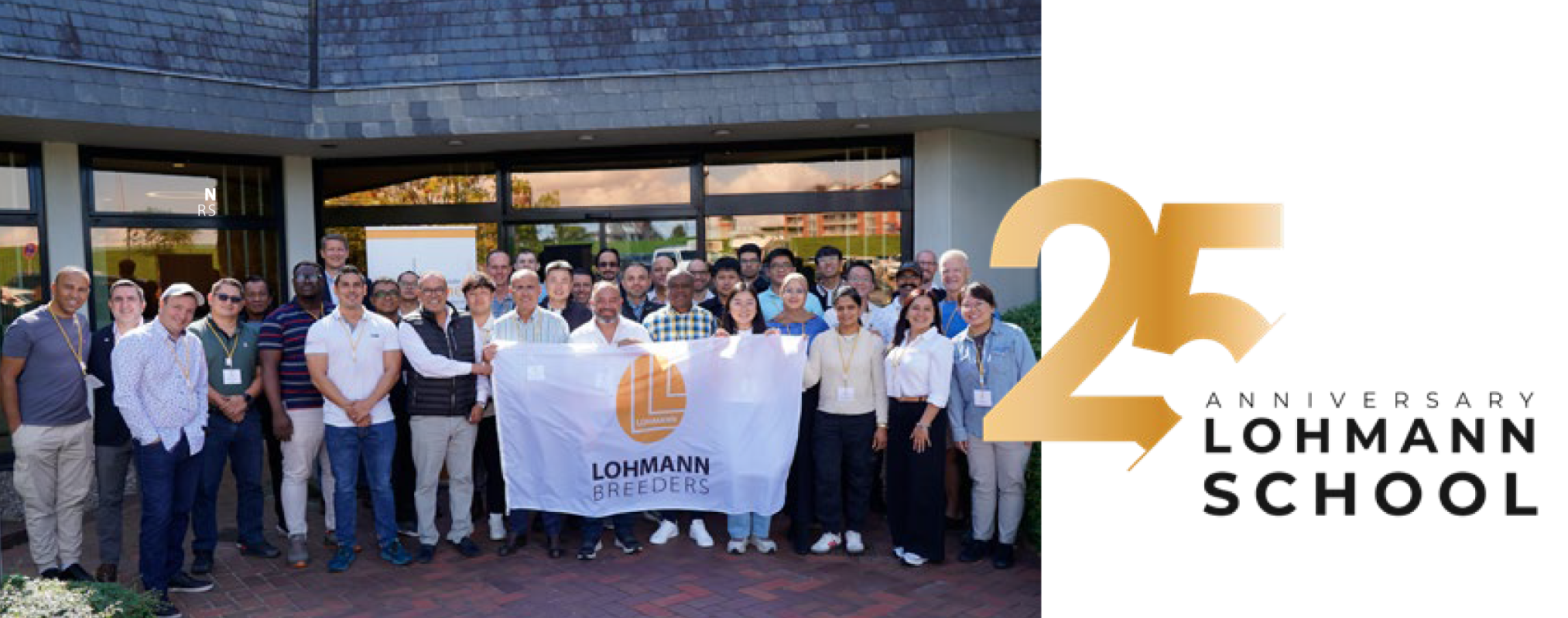A small but fine layer market

In Australia, about 13 million layers are producing only brown eggs for the country’s 22.3 million inhabitants. More than 80% of these layers are still housed in cages.
The percentage of table eggs, which are produced in alternative management systems, is yet below 20 %. However, management in barn and free-range systems is a growth segment.
Access to the Australian market is not only difficult due the great remoteness. The import of chicks is not allowed; only a maximum quantity of 3,000 hatching eggs can be imported. The normal wait for a place in the national quarantine hatchery is five years and the import costs are about 200,000 Australian dollars, which is about 160,000 Euros. These costs are predominantly caused by necessary laboratory examinations defined in a sixteen-page requirements catalogue. Thus, the import of parent stock or even layer hatching eggs is impossible.
This massive import barrier is also a reason for the high price of 1.65 Euros per day-old commercial layer chick.
After two years of preparation, the first LOHMANN BROWN grandparent stock hatching eggs were shipped to Adelaide in June 2011. LOHMANN Layers Australia will therefore be able to deliver the first commercials to customers all over Australia this year. The day-old chicks are transported in trucks provided by specialized subcontractors. The distances to be managed are enormous as Australia’s north-south expansion is about 3,700 km and the westeast expansion is about 4,000 km.
The official market launch of LOHMANN BROWN took place during the PIX conference in Broadbeach at the Gold Coast in May 2012. Dr. Wiebke Icken, Sven Svensson and Sales Manager Michael B. Seidel presented to an audience of more than 100 invited guests the manifold advantages of LOHMANN BROWN. The attendance at the two-day conference as well as the feedback on our ‘new’ product in Australia was very good. Some binding orders have already been placed. According to the consensus and conservatively estimated, within the next years LOHMANN BROWN should be able to reach a market share of 30-40 %.
The grandparent stock farm of LOHMANN Layers Australia is situated in Bendigo, a two-hours drive north of Melbourne. Since spring 2011, there LOHMANN BROWN grandparent stocks are reared. The first flock of parent stock consisting of 10,000 layers has now entered the laying period, so that LOHMANN BROWN layers will move in Australian houses starting in September 2012. Dr. Greg Underwood and his team of LOHMANN Layers Australia are already rearing further flocks of parent stock in order to supply in the future also bigger numbers of layers, as requested by the Australian egg producers.
Visits to different egg production sites have shown that in Australia, too, a trend from cage systems towards alternative management systems with a large part of free-range systems has already begun. The staffs of the visited layer farms were highly interested in the suitability of the LOHMANN BROWN layer for non-cage systems and particularly in its nest acceptance. In this context, experiences among others made in European countries, being the pioneers in alternative housing systems, demonstrate the importance of an optimized flock management. Rearing adapted to the subsequent housing system is the most essential factor for a successful egg production. Laying hens must learn to actively move in the various functional areas. Only then they will produce a high number of saleable nest eggs in barn systems. Those responsible are aware of this precondition, however, it is not yet optimally implemented in some of the visited farms.

Free-range systems are setting additional challenges to hen and egg producer. There is an increased disease pressure in such systems. Furthermore, a good acceptance as well as a reasonable environmental protection near the houses requires a varied design of the outside area. Thus, the management factors to be considered are even more diverse in free-range systems than in a closed housing system and they are also even more under critical public observation. Similar to Europe, the Australian food retail industry focuses on animal welfare and presses the egg producers to change the housing systems. Meeting the same egg quality standards, free-range eggs are offered preferably. Throughout the whole production process the shell of the table eggs should have a nicely dark brown colour and should be as unbreakable as possible – requirements for which the LOHMANN BROWN is perfectly suited. So, everything is ready for the successful start of LOHMANN BROWN Classic on the Australian market!
Dr. Wiebke Icken, Genetics
Michael B. Seidel, Sales Department










